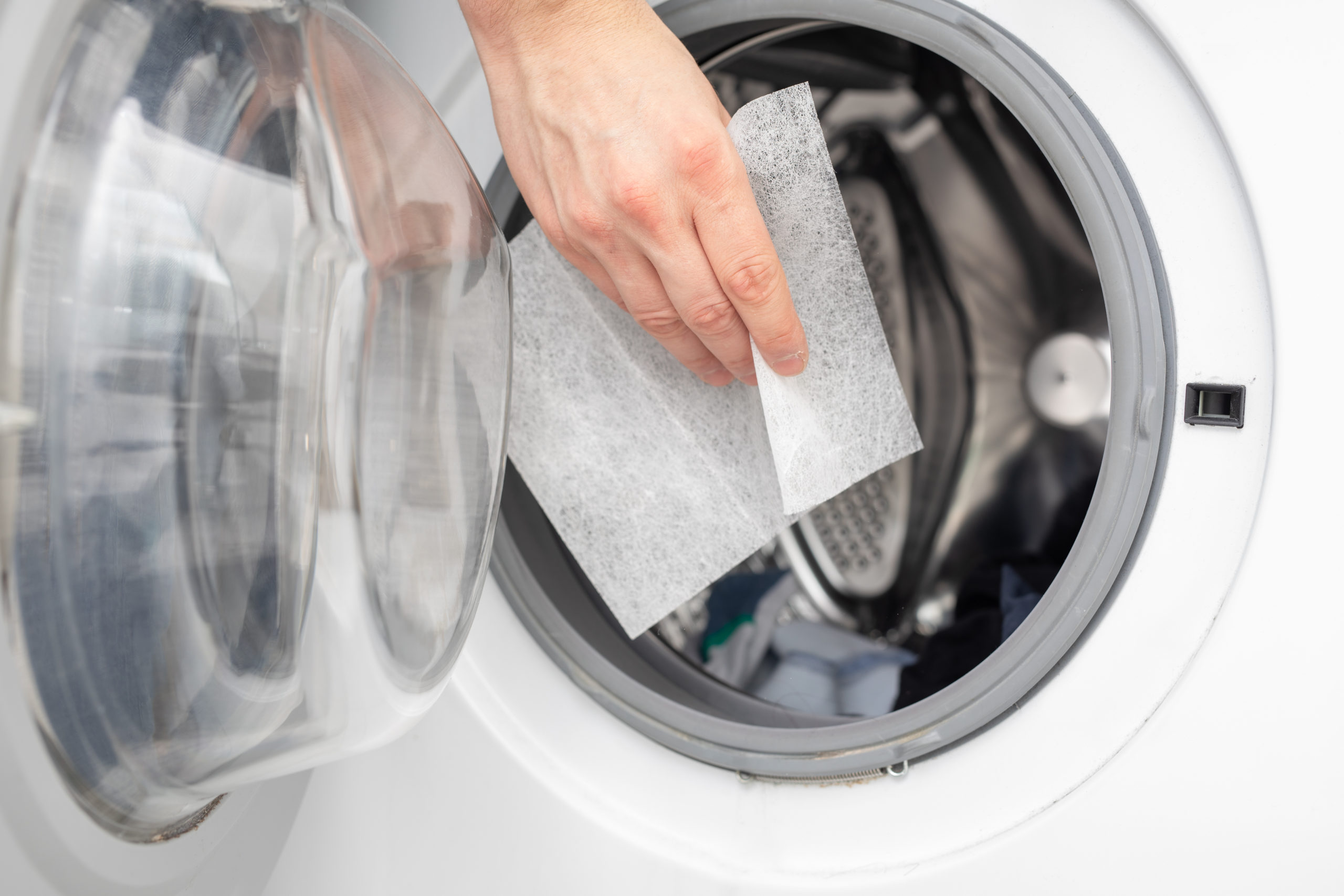Whether you just walked home through some muddy snow or just want to keep your favorite pair of shoes looking like new, tossing your shoes in the washer can be a quick and easy way to clean them – as long as they are the right material.
Is it safe to use the washer?
First start by checking the care instructions for your shoes to make sure it’s safe. In general, if your shoes are made from nylon, cotton, polyester or canvas, they are more than likely safe to wash with detergent in the washer.
If your shoes are made with another material such as leather, rubber, suede or vinyl, you should NOT place them in the washer. Any shoes that are extra delicate should be taken to a shoe repair shop or cleaned by hand.
How to Wash
Now that you’ve determined your shoes are safe to throw in the washer follow these steps:
- Remove laces and insoles to wash separately – It is recommended to wash the insoles by hand by using a soft brush and soapy water. Shoelaces can either be washed by hand or placed into a garment bag, so they don’t become tangled or potentially damage the machine.
- Remove any excess dirt or other material from your shoes including the soles. You can use a toothbrush or any soft brush to remove excess dirt or scuff marks before placing your shoes in the washer.
- Place your shoes in a closed garment bag – It is recommended to add a few old towels or t-shirts to the load to help balance the machine while the drum is spinning.
- Wash on the ‘delicate’ washer setting with cold water and select a ‘no-spin’ option if available. Be sure to use liquid detergent or laundry pods rather than powder detergent if possible.
- Remove your shoes and allow them to air dry overnight or until they are completely dry. Do not put your shoes in the dryer.
That’s it, just re-insert your insoles and lace up your shoes and you’ll be on you’re on your way. We hope you found these tips useful and can follow them again and again to keep your shoes looking their best!







